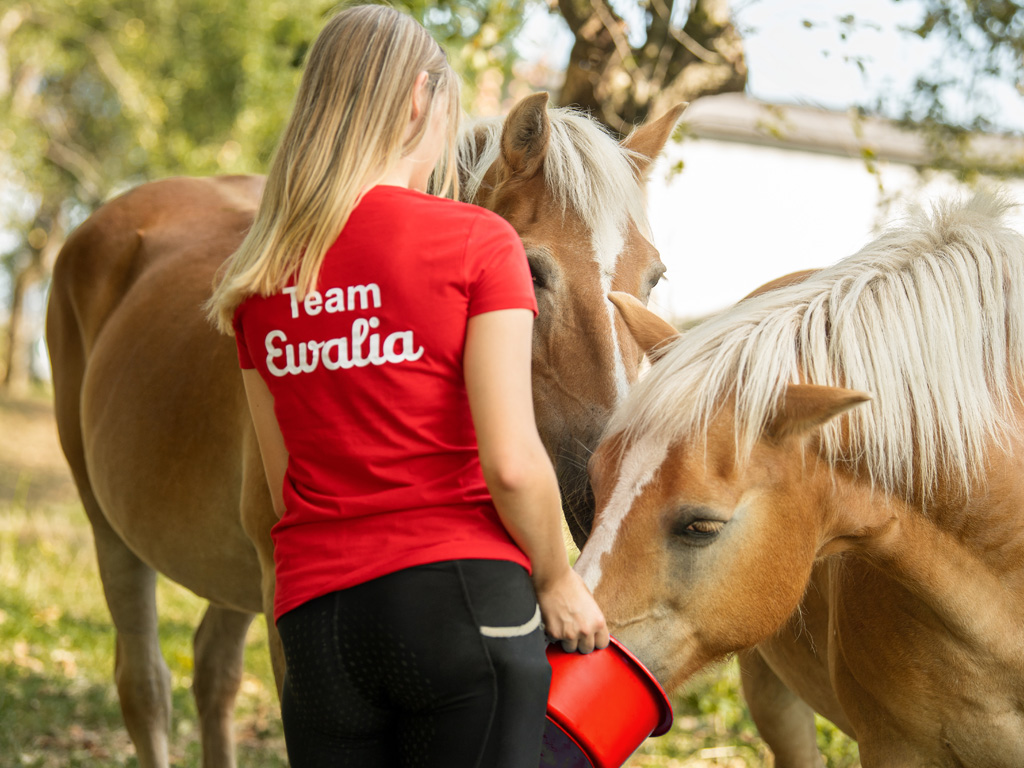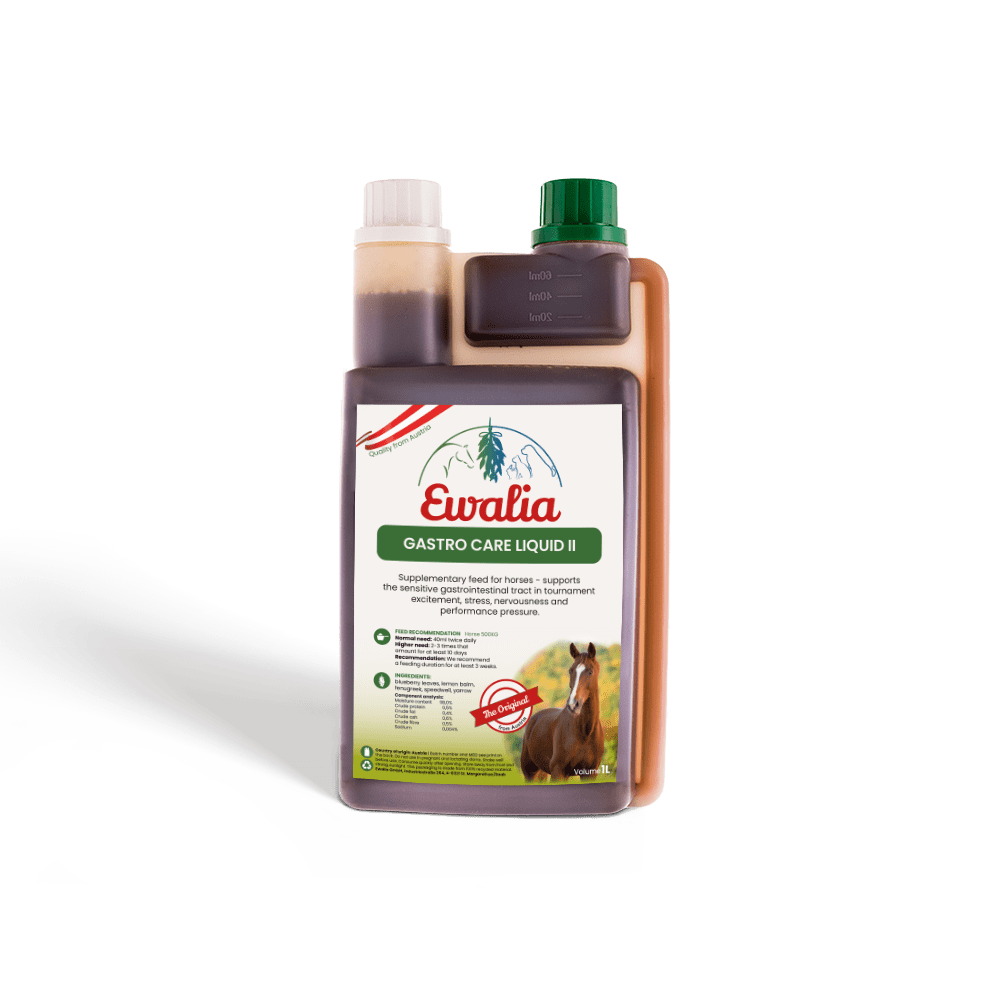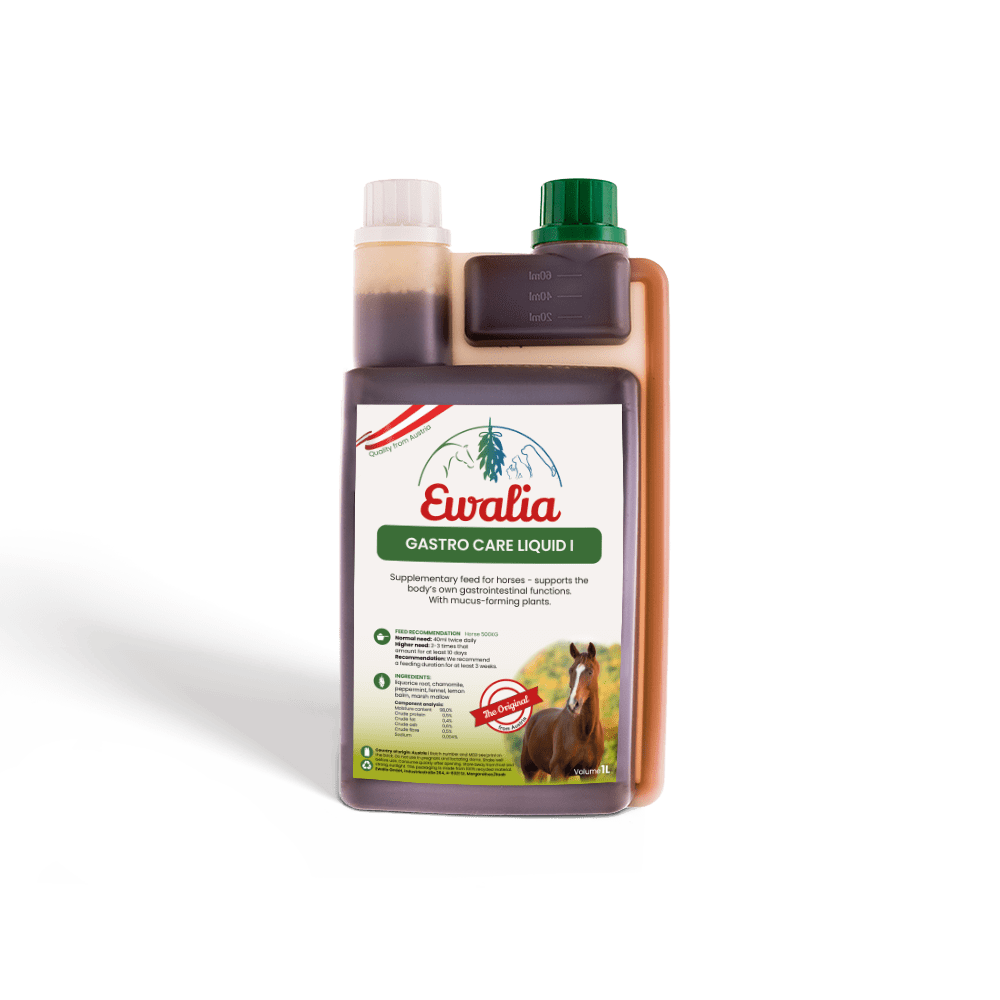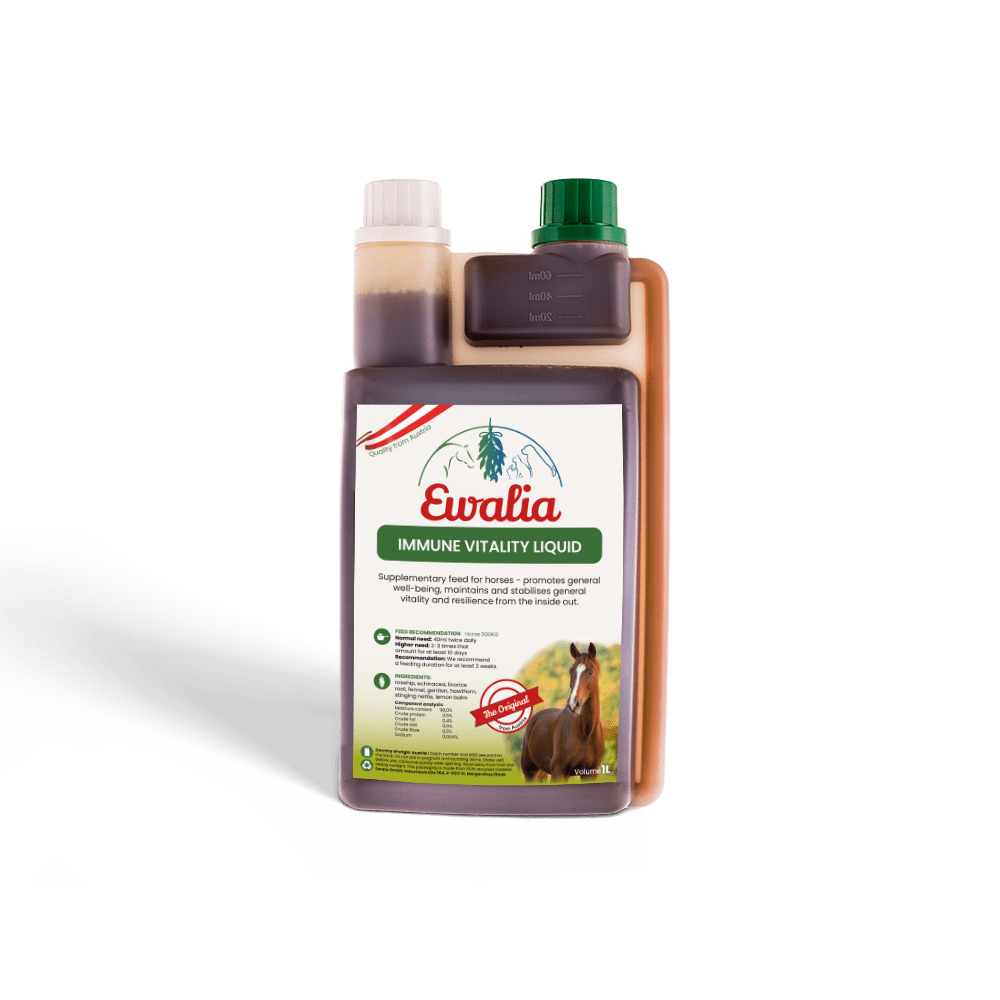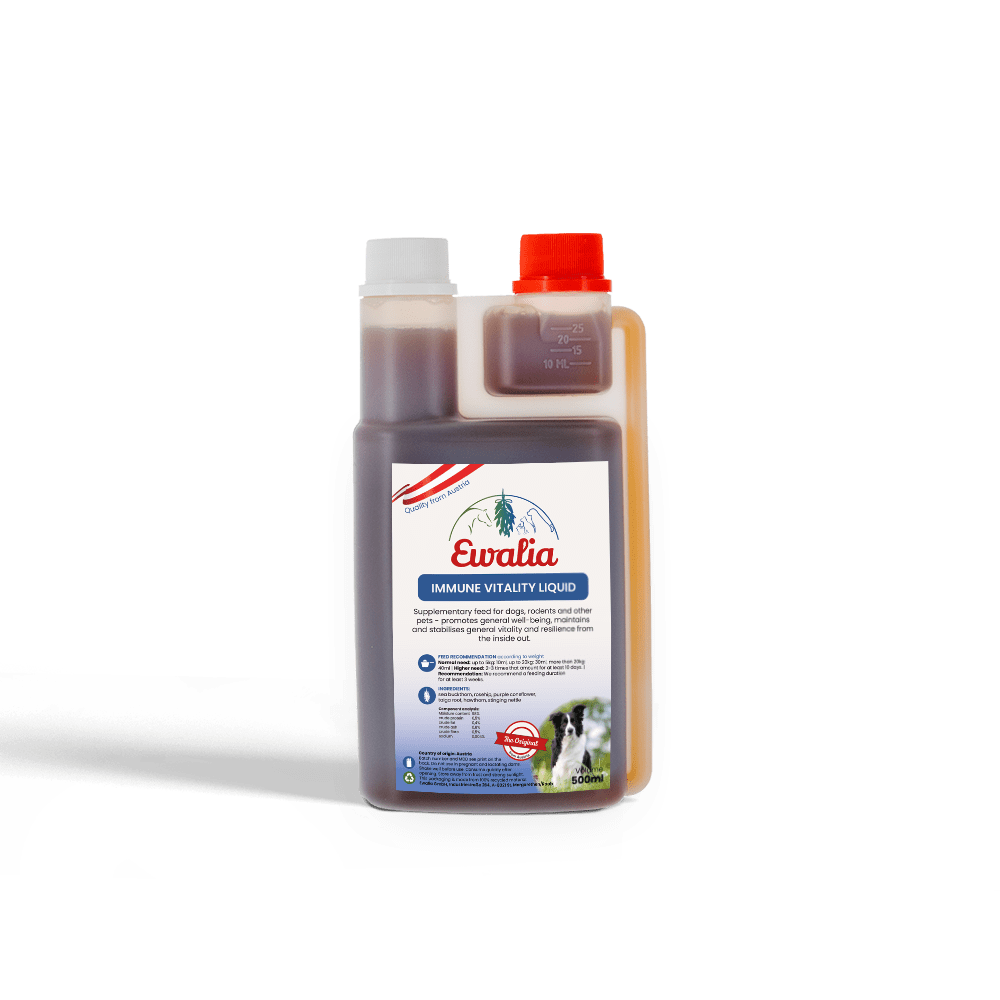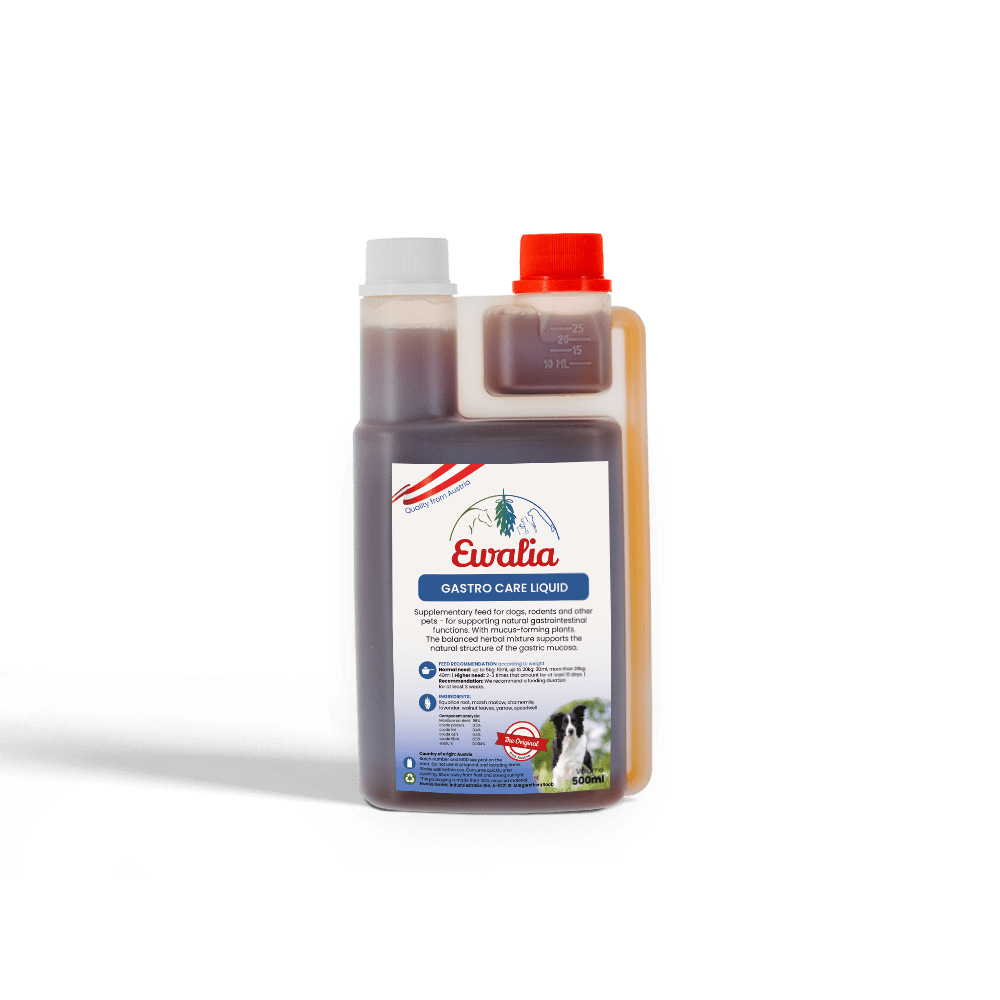Liquorice root
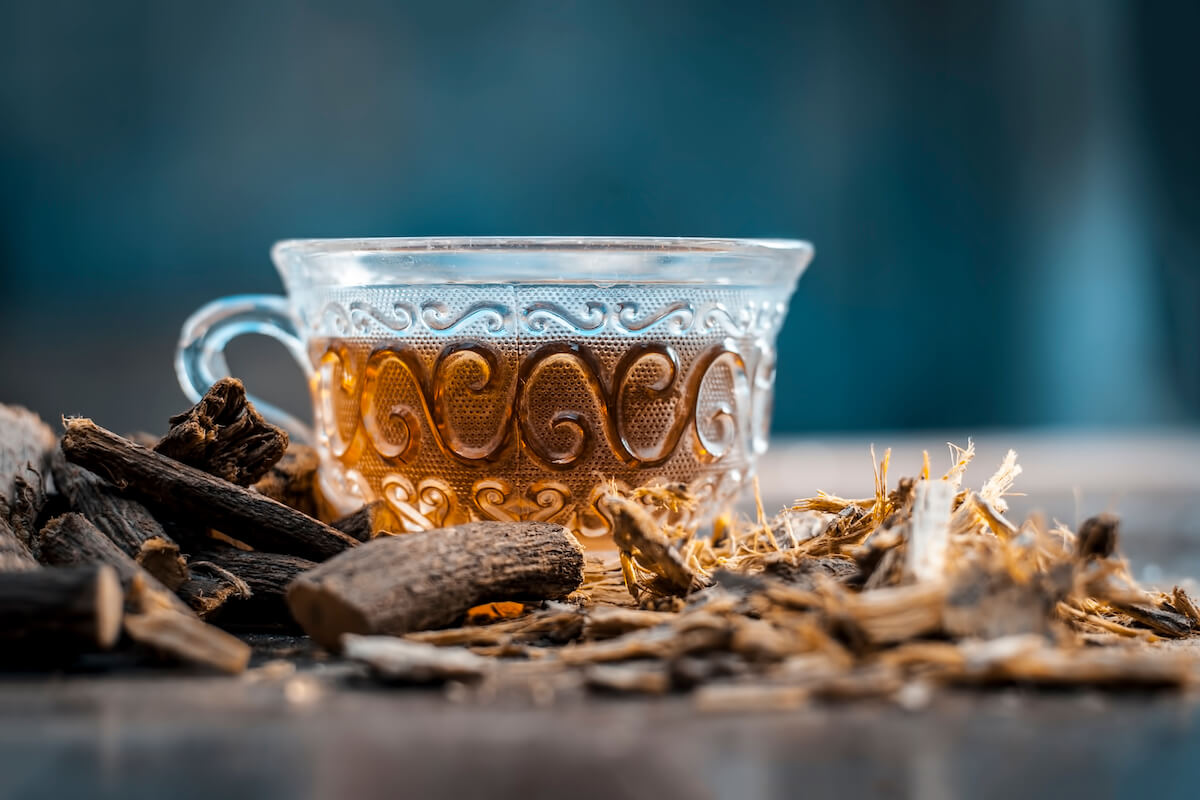
Liquorice root is an important medicinal plant in many parts of the world: liquorice extracts are often used to treat coughs, bronchial catarrhs and inflammatory illnesses of the gastro-intestinal tract.
Liquorice grows in the warm regions of the northern hemisphere and gets its name from its sweet taste. Liquorice root contains saponins (glycirrhizin), flavonoids and essential oils. In horses, liquorice root is used for its expectorant and anti-inflammatory properties, especially in the treatment of respiratory diseases and stomach inflammations.
Order: Fabales
Family: Fabaceae
Subfamily: Faboideae
Genus: Glycyrrhiza
Origin and occurrence:
Mediterranean regions such as Spain, Southern France, Italy, and Greece, as well as Central and Southern Russia.
Active substances:
Saponin Glycirrhizin (50 x sweeter than sugar), sterols, and several flavonoids
Primary uses in veterinary medicine:
In horses, largely for treating coughs, gastritis and gastric ulcers.
Primary uses in human medicine:
For loosening mucus and facilitating expectoration in bronchitis, and for treatment of cramps combined with inflamed gastric mucosa.
Liquorice root has long been used as a home remedy and is considered one of the oldest known medicinal plants. It was used by the Assyrians (2nd millennium BCE) and was also mentioned in writings of Pliny the Elder (1st century CE). The name comes from the Ancient Greek word glukurrhiza, which literally translates as “sweet root”. Studies carried out on liquorice root have shown it to have antiviral, antibacterial, and anti-inflammatory properties as well as to provide protection to mucous membranes. Glycirrhizin promotes the healing of stomach ulcers. Liquorice root has secretion-promoting and expectorant effects, underscoring its use in cases of bronchial catarrh. Due to its sweetness, it is also used to enhance or improve the taste of products in the pharmaceutical, food, and luxury food industries. It is also the base material for liquorice confections, which are usually made from thickened liquorice root extract mixed with sugar, flour, starch and/or gelatine.
Alternative names: Licorice (North American spelling).
Important: Do not feed to pregnant or lactating animals. Use caution in cases of chronic inflamed liver.
Author: Bianca Becker-Slovacek
Sources:
Blaschek, W. (2016). Wichtl - Teedrogen und Phytopharmaka. Stuttgart: Wissenschaftliche Verlagsgesellschaft.
Pahlow, M. (2013). Das große Buch der Heilpflanzen. Hamburg: Nikol Verlag.
Reichling, J., Gachnian-Mirtscheva, R., Frater-Schröder, M., Di Carlo, A., & Widmaier, W. (2008). Heilpflanzenkunde für die Veterinärpraxis. Berlin-Heidelberg: Springer Medizin Verlag.












